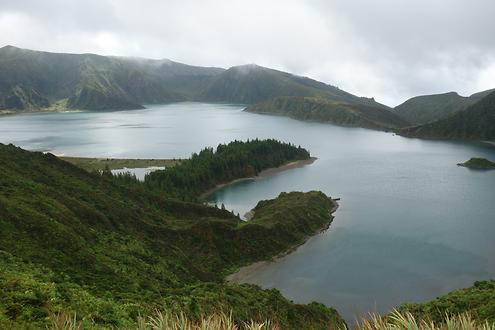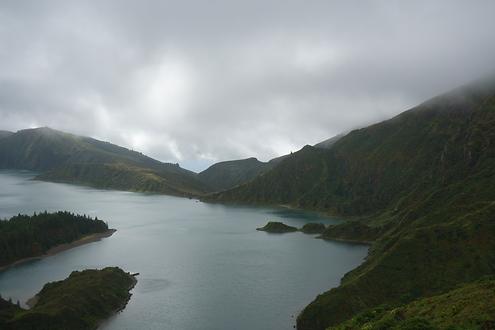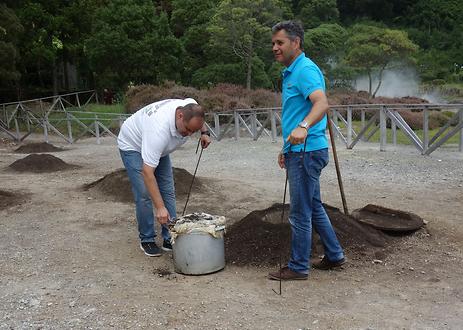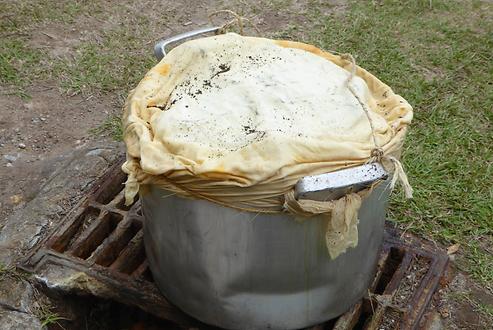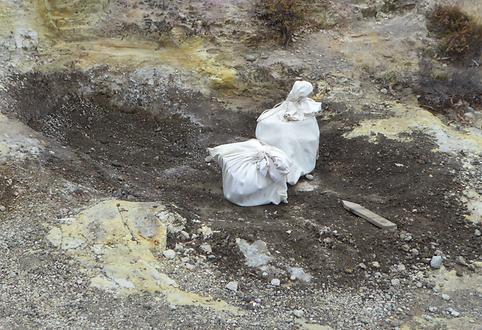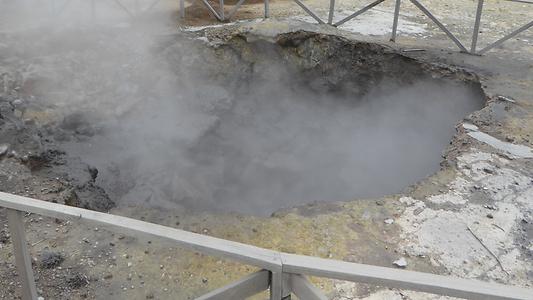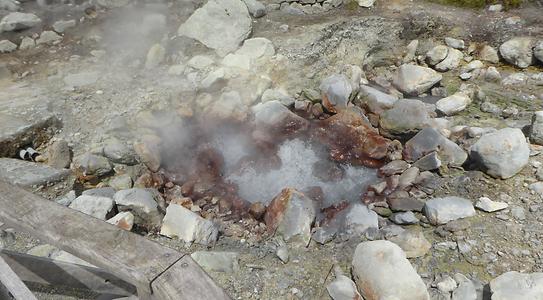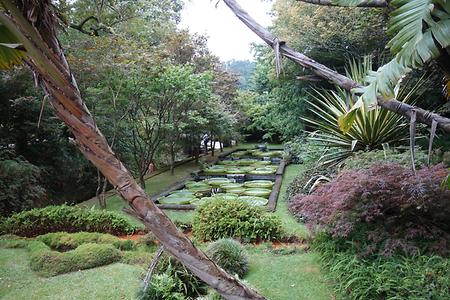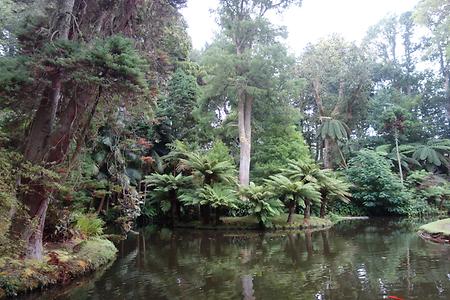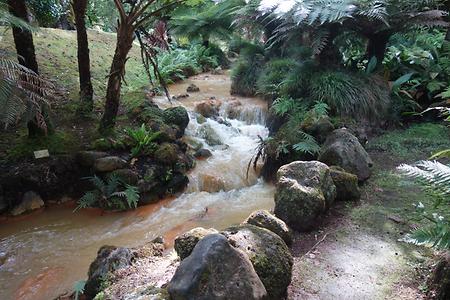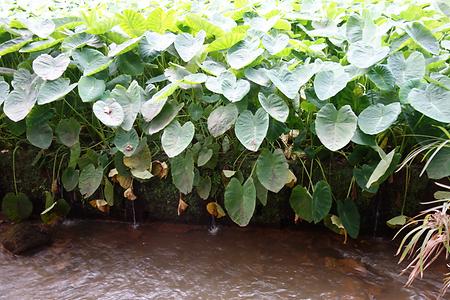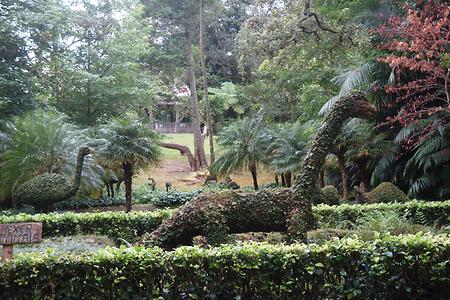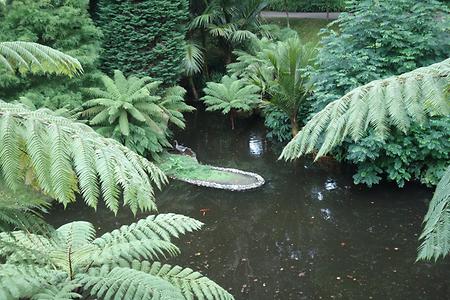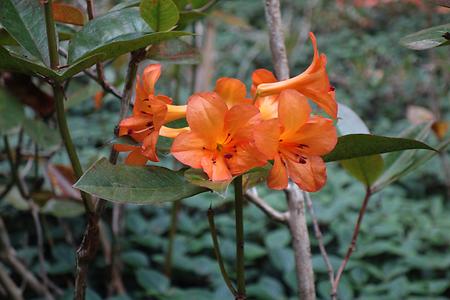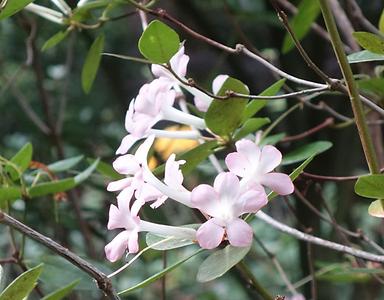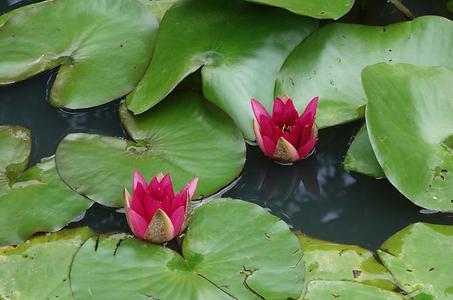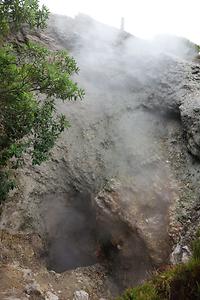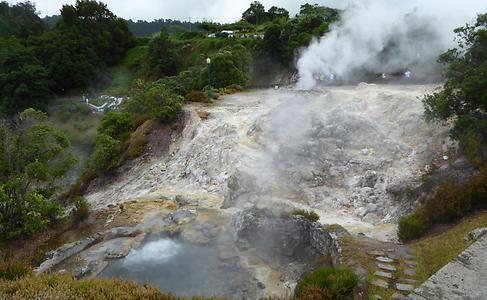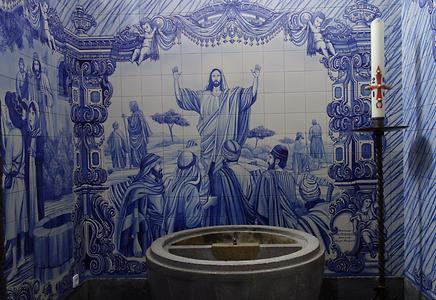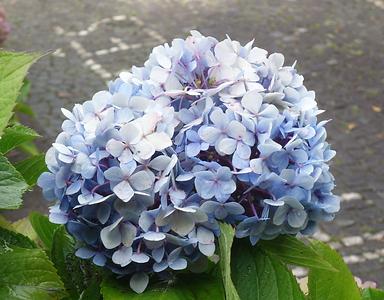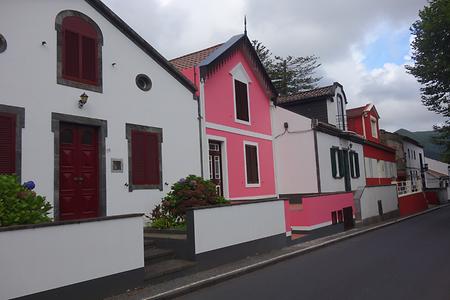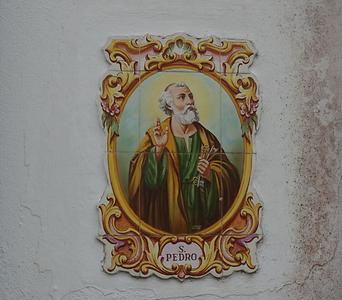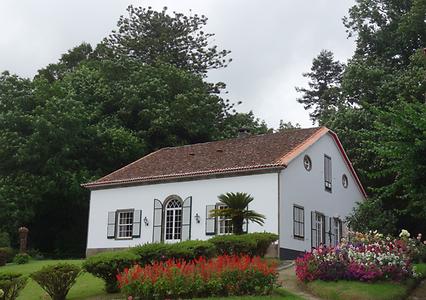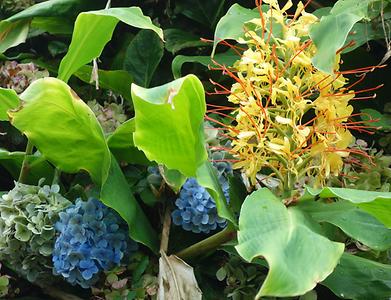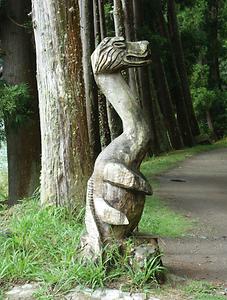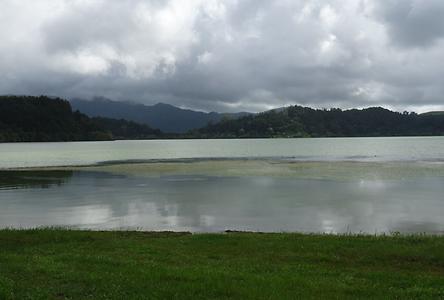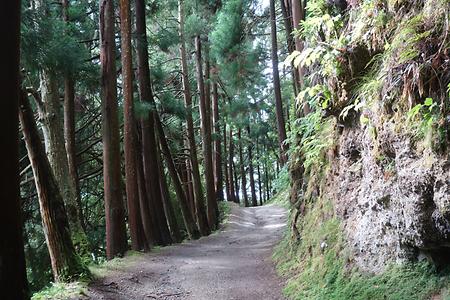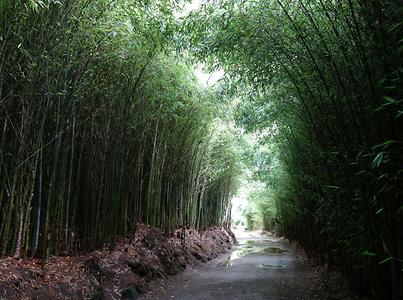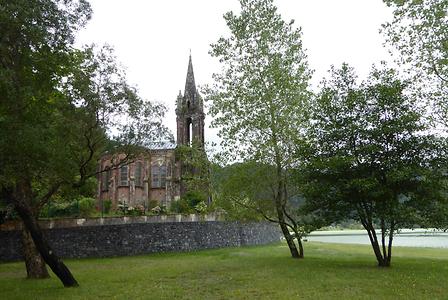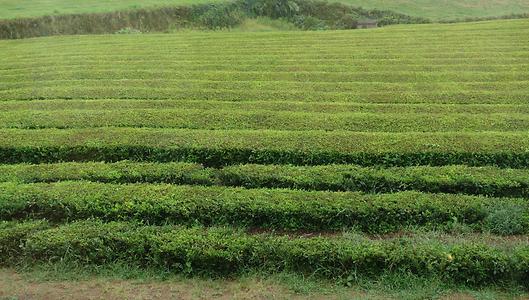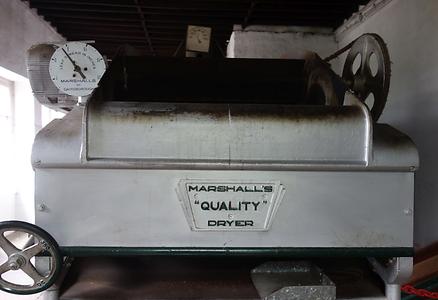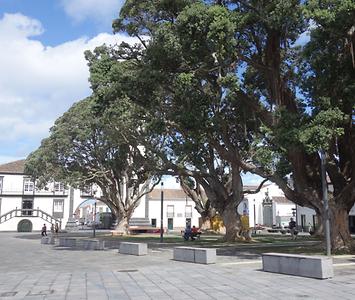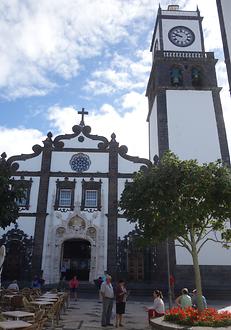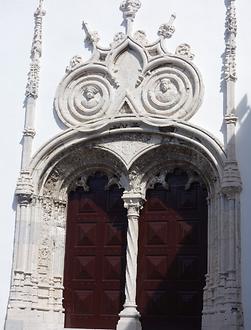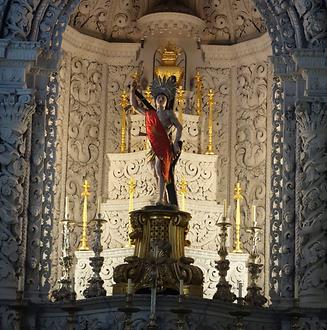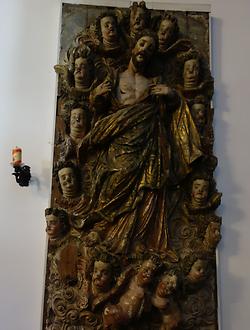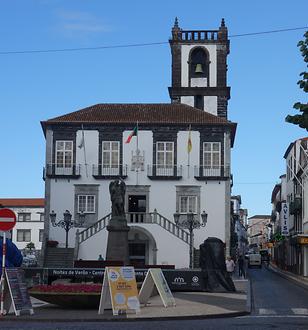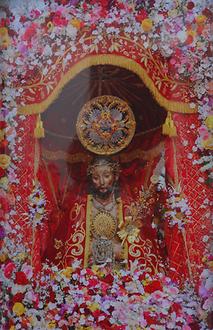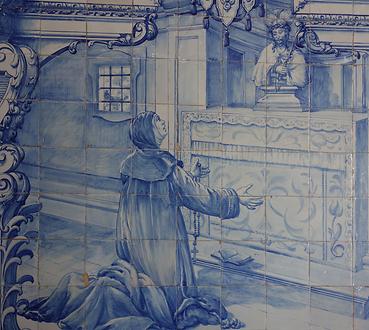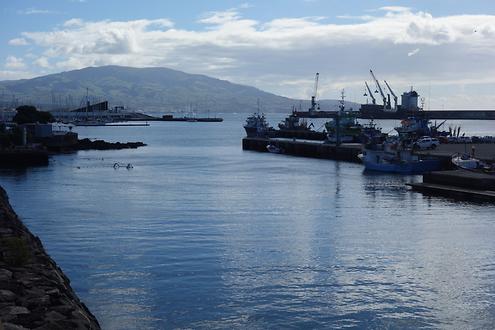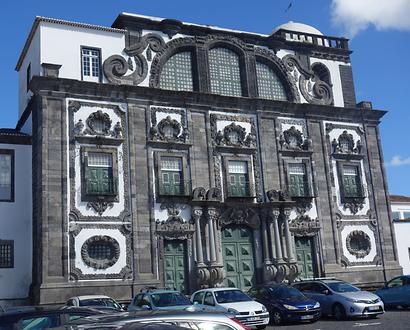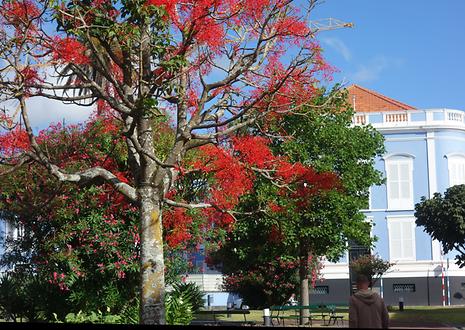São Miguel #
Trip to the Azores, August/September 2016, Part 3#
by H. MaurerSão Miguel Island São Miguel, Azores , named for the Archangel Michael, is the largest island of the Azores with 760 km2 and a population of about 140,000, with 45,000 in the largest city in the Azores, Ponta Delgada Ponta Delgada, Azores .
São Miguel is not only the largest island in the Azores, it is the only one with a true international airport, the only one growing tobacco, tea and pineapples, and a number of other attractions.
However, from a touristic part of view the island is dominated by three volcanic calderas, each with a lake and more: Lagoa Azul in the West, Lagoa do Fogo rather in the centre and Lagoa das Furnas more to the East. The author believes that the last is the most interesting, due to continuing volcanic activities.
We first visit to get a glimpse of the Lagoa do Fogo Lagoa do Fogo, Azores and then continue to Pico de Fero, we have a first view of Lagoa do Furnas Lagoa do Furnas, Azores , the “Green lake”: the lake is indeed green because of algae, and those are growing because of sulphuric hot water flowing into the lake. The water comes from a number of boiling pools of different colour.
A special area is used for cooking: pots or bags filled with a mixture of meats, sausages, vegetables and potatoes are buried in prepared places, where the food simmers at some 90 degree for a number of hours, before taken out and served to customers in one of the nearby restaurants.

Photo: Hermann Maurer, 2016, under CC BY-SA 3.0
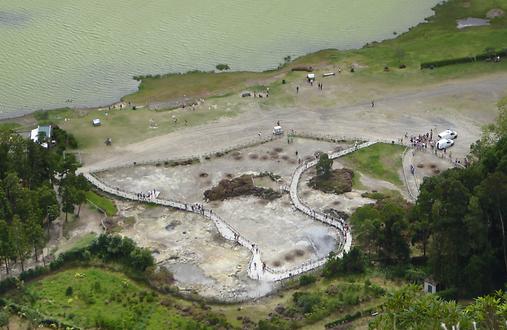
Photo: Hermann Maurer, 2016, under CC BY-SA 3.0

Photo: Hermann Maurer, 2016, under CC BY-SA 3.0
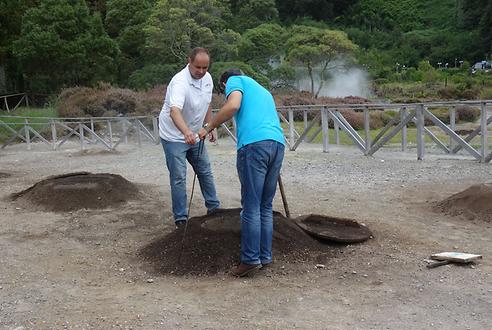
Photo: Hermann Maurer, 2016, under CC BY-SA 3.0
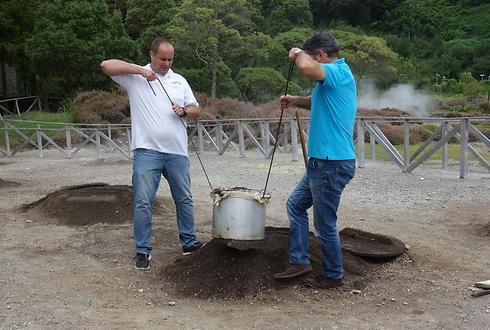
Photo: Hermann Maurer, 2016, under CC BY-SA 3.0
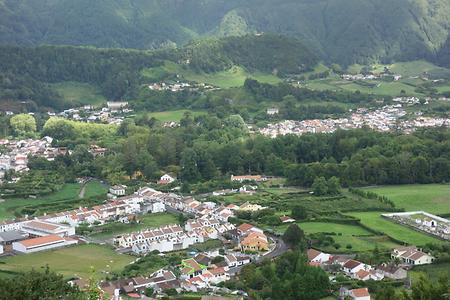
Photo: Hermann Maurer, 2016, under CC BY-SA 3.0
Furnas Furnas, Azores is one of the only two settlements not close to the ocean. It encouraged settlers there because of hot and cold water appearing in many places, making it easy to plant e.g. oranges, at some stage a major item of export of the Azores.
It also allowed to convert an estate into a luxury resort, the Terra Nostra. It is were we stay, certainly one highlight of the trip. It is known for its huge thermal pool with smelly and dirt orange looking water that is fun to be in (at some 30°), and reportedly has all kinds of heeling powers. The original owner of the estate was also in competition with some of his rich friends to create a botanical garden with as many different trees (and some other plants) from all over the world.

Photo: Hermann Maurer, 2016, under CC BY-SA 3.0
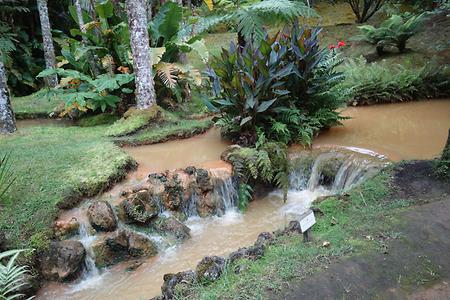
Photo: Hermann Maurer, 2016
Furnas has also many other surprises to offer. Like sulphuric vents in many places, a large brownish creek fed by similar springs running through the city, nice red-decorated houses, and more. One highlight is a hike from the city to the lake and around it: everywhere it is evident that much effort has gone into creating an interesting experience.
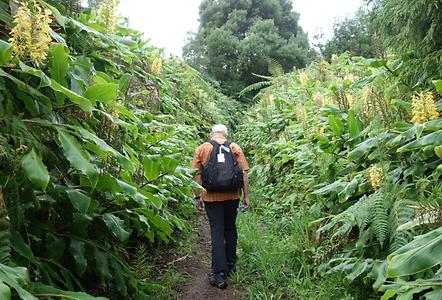

Photo: Hermann Maurer, 2016, under CC BY-SA 3.0
En route to the western-most large crater-lake arrangement (Lago Azul, separated by a dam/bridge form Lago Verde) via the north coast (including a stop at Ribeira Grande Ribeira Grande, Azores , the biggest city in the North) we stop at one of the two remaining tea factories.
The equipment is almost 150 years old, all machines are driven by a rotating steel pipe (driven by local hydropower) from which belts running over different sized wheels turn the about 30 machines with proper speed. It is really industrial history, and surprising that the loud mechanical machines used for shredding, drying, sieving etc. are all still working. They provide work for some 100 people “shaving” the tea fields and running the production and packaging process: only the latter has been significantly modernized.
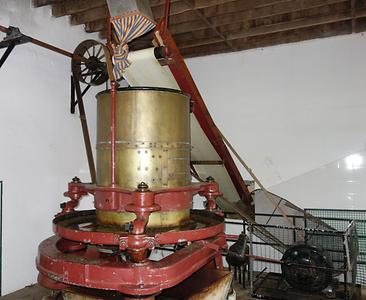
Photo: Hermann Maurer, 2016, under CC BY-SA 3.0
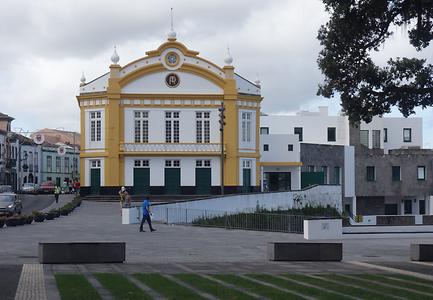
Photo: Hermann Maurer, 2016, under CC BY-SA 3.0
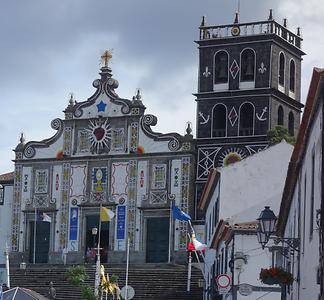
Photo: Hermann Maurer, 2016, under CC BY-SA 3.0
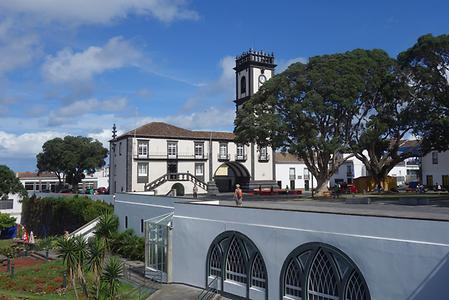
Photo: Hermann Maurer, 2016
From Ribeira Grande we drive directly to Lagoa Azul with the Sete Cidade (the seven cities) that according to a legend are at the bottom of the lake Ribeira Grande, Azores, Lagoa Azul, Azores . Lago Azul and (just separated by a bridge) Lago Verde are the westernmost large crater lakes.
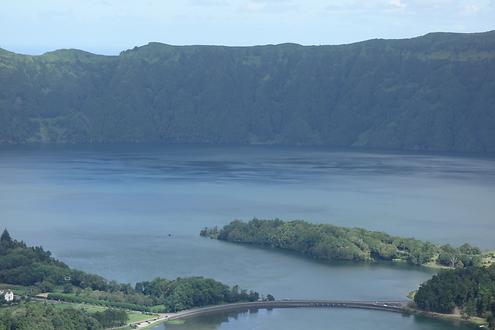
Photo: Hermann Maurer, 2016, under CC BY-SA 3.0
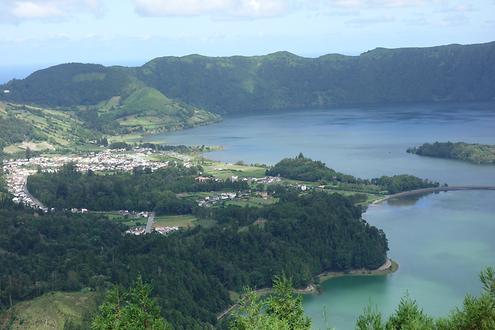
Photo: Hermann Maurer, 2016, under CC BY-SA 3.0
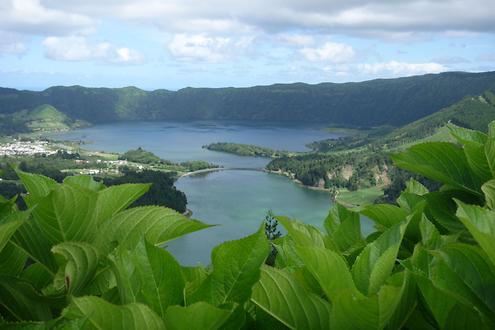
Photo: Hermann Maurer, 2016, under CC BY-SA 3.0
From the the lake we drive to the capital city for the two remaining days. The date of the discovery of São Miguel and its small southern sister island Santa Maria São Miguel, Azores, Santa Maria, Azores (the first Azores islands to be discovered), and who actually discovered them is up to debate.
There are some early reported sightings, but Velho Cabral is often seen if not as the discoverer, then at least the one who tried to turn the non-populated island into a real inhabited colony of Portugal in the 15 th century (after the discovery of Brazil but half a century before Columbus!). Hence it is fitting that the main square of the capital of the Azores, Ponta Delgada has a statue of Cabral at the edge of the main square.
Note, however, the Delgada was not the first capital of the Azores. That honour goes to Vila Franco do Campo east of Delgada on the coast. However, when a severe earthquake destroyed Vila Franco do Campo in 1522 and the plague ravaged the island, it was decided to build Vila Franco up again, yet to move the capital to Delgada. The then king of Portugal promised to donate a portal of limestone for the major church. Limestone is not available in the Azores, so all limestone one sees is imported from the continent.
The notion to have Delgada as capital has annoyed some of the cities on other islands (like Angra do Herismo on Terceira or Horta on Faial), so the compromise (that often makes life difficult) was to move some of the ministries to those cities.
Velho Cabral patiently gathered resources and settlers for the next three years (1433–1436) and sailed to establish colonies on Santa Maria first and then São Miguel. He encouraged immigration to the Azores by promising to newcomers not only land but also some live chickens and a cow… thus assuring survival in the beginning.
Note: One weakness of Azores was and is that it has no animals one can hunt. In that respect settlers in North America were much better off: they could hunt buffaloes, dear, elk, moose, goose, etc., or could peacefully fish in lakes rather than conquering the stormy seas.
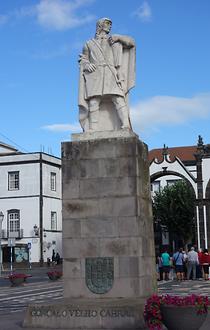
Photo: Hermann Maurer, 2016, under CC BY-SA 3.0

Photo: Hermann Maurer, 2016, under CC BY-SA 3.0
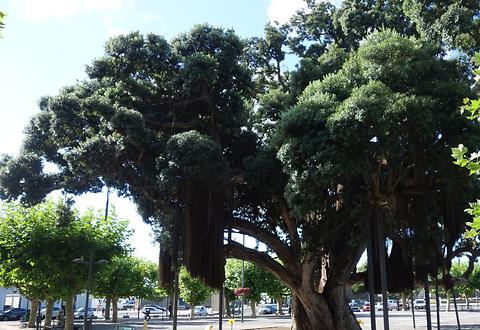
Photo: Hermann Maurer, 2016, under CC BY-SA 3.0
The Clarissan cloister is one of the few cloisters that have survived the secularisation of monasteries in Portugal. It plays a special role in the religious life of the Azores. Some nuns who travelled to Rome brought a sculpture of Jesus with them.
Some time later a number of miracles are reported to have occurred. It was Sister Teresa (1658- 1738) who was mainly responsible for spreading the stories of the miracles. A festival for the miraculous Christ is celebrated now every year on the 5 th Sunday after Easter, and has turned into THE major religious festival of the Azores.
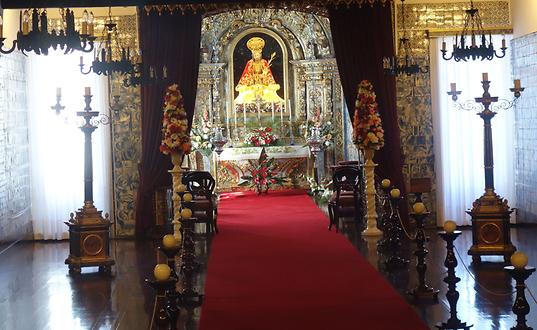
Photo: Hermann Maurer, 2016, under CC BY-SA 3.0
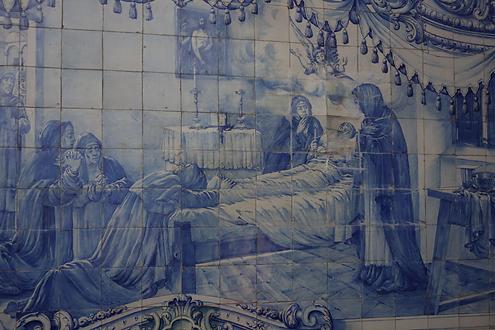
Photo: Hermann Maurer, 2016, under CC BY-SA 3.0
The flight back from Delgada to Frankfurt on SATA airlines takes only four hours.
- Back to Pictures of Portugal
- Back to Special Information on Portugal
